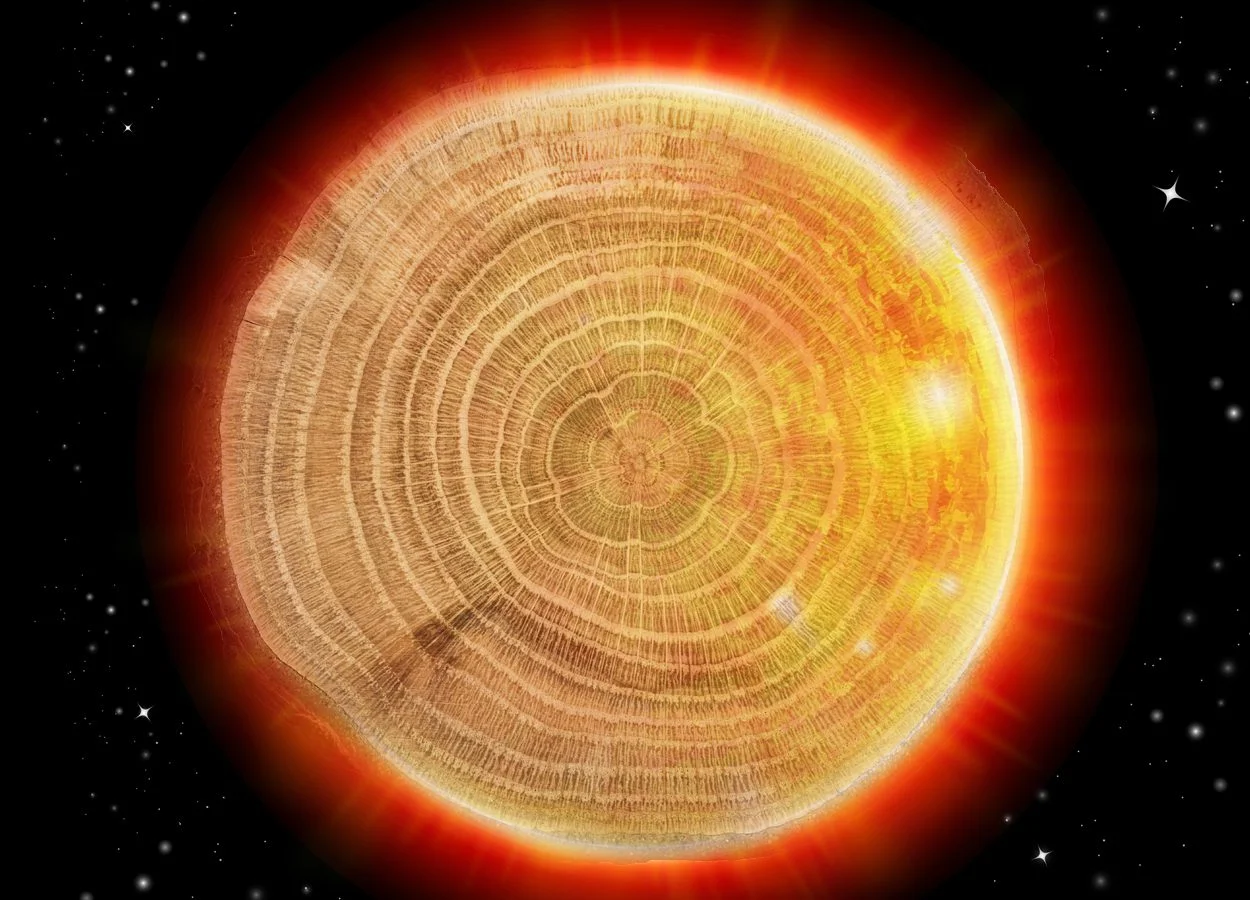A study by the University of Queensland has revealed new insights into the cosmic radiation storms that have occurred approximately once every thousand years.
Known as a Miyake event, the storms cause a rapid rise in carbon-14 due to huge radioactive cosmic bursts.
A team led by Dr Benjamin Pope from UQ’s School of Mathematics and Physics applied cutting edge statistics to data from millennia-old trees.
UQ undergraduate maths student Qingyuan Zhang developed software to analyse every available piece of data on tree rings. “Because you can count a tree’s rings to identify its age, you can also observe historical cosmic events going back thousands of years,” Mr Zhang said.
When radiation strikes the atmosphere, it produces radioactive carbon-14 which filters into the air, oceans, animals, plants and trees. This produces an annual record of radiation in the tree rings which the team modelled to reconstruct the process over a 10,000-year period.
One such event, known as the 774–775 carbon-14 spike, occurred in AD 774 or 775, which was 20 times as high as the normal background rate of variation. During this time, the Anglo-Saxon Chronicles records a cosmic event which describes:
“Annus Domini (the year of the Lord) 774. This year the Northumbrians banished their king, Alred, from York at Easter-tide; and chose Ethelred, the son of Mull, for their lord, who reigned four winters. This year also appeared in the heavens a red crucifix, after sunset; the Mercians and the men of Kent fought at Otford; and wonderful serpents were seen in the land of the South-Saxons.”
Previous theories have suggested that such events are caused by giant solar flares, however, the team determined that they do not correlate with sunspot activity, instead suggesting that they are an astrophysical ‘storm’ or outburst which can last from one to two years.
“We need to know more, because if one of these happened today, it would destroy technology including satellites, internet cables, long-distance power lines and transformers,” said Dr Benjamin Pope from UQ’s School of Mathematics and Physics.
https://doi.org/10.1098/rspa.2022.0497
Header Image Credit : Shutterstock





